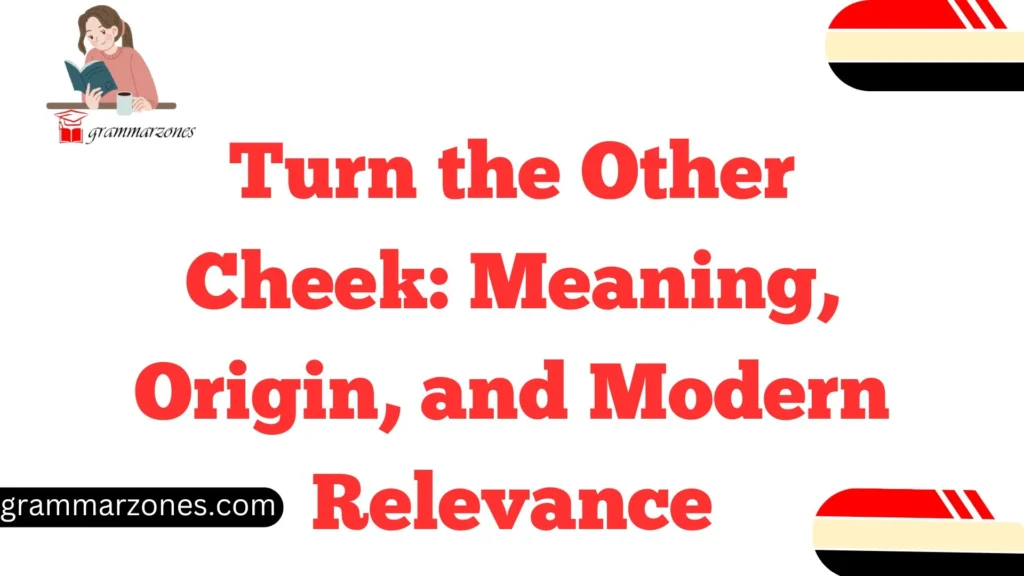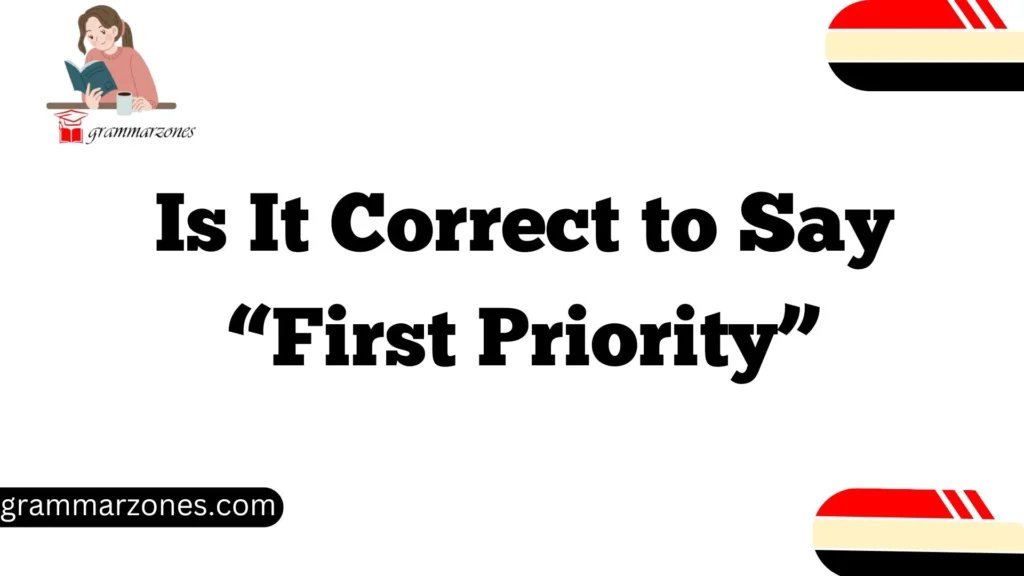Turning the other cheek isn’t just an idiom—it’s a timeless philosophy that challenges our natural instincts to retaliate. This phrase has roots in religious teachings, but its relevance transcends spiritual boundaries. In today’s fast-paced, often contentious world, it offers a guide for handling conflict with grace and nonviolence.
Why is this concept so powerful, and how can we apply it in our everyday lives? By exploring its historical origins, deeper meanings, and practical implications, we’ll uncover why “turn the other cheek” still matters. Along the way, we’ll look at real-world examples, psychological insights, and philosophical debates to paint a full picture of this transformative idea.
Whether you’re navigating workplace disputes, family disagreements, or societal conflicts, this article will equip you with tools to balance forgiveness with assertiveness. Let’s dive into the meaning and legacy of this profound phrase.
1. Introduction to the Idiom
The phrase “turn the other cheek” means responding to aggression or insult with restraint and forgiveness rather than retaliation. Instead of seeking revenge, it encourages a dignified, peaceful reaction. This concept, while simple in expression, carries deep ethical and emotional implications.
Here are some key points about the idiom:
- Origin: It stems from the Bible, specifically the Sermon on the Mount in the Gospel of Matthew.
- Meaning: It symbolizes forgiveness and choosing peace over vengeance.
- Relevance: It’s a cornerstone of nonviolent movements worldwide.
- Universal Appeal: While rooted in Christianity, its ethos aligns with teachings from various cultures and philosophies.
In a society often driven by immediate reactions, understanding and practicing this concept can offer a fresh perspective on managing conflicts.
2. Historical and Cultural Origins of the Idiom
To fully grasp “turn the other cheek,” we must delve into its historical roots and cultural significance.
Tracing the Phrase’s Roots
The phrase originates from Matthew 5:39 in the Bible, where Jesus said:
“But I tell you, do not resist an evil person. If anyone slaps you on the right cheek, turn to them the other cheek also.”
This statement wasn’t merely a call for passivity. Instead, it proposed a radical, nonviolent way to confront injustice.
Cultural Influences
- Jewish Law: In ancient Jewish traditions, the “eye for an eye” principle governed justice. Jesus’ teaching flipped this concept by advocating forgiveness over retribution.
- Roman Context: During Jesus’ time, Roman rule was harsh. Turning the other cheek could be seen as a subtle form of resistance—refusing to retaliate while maintaining dignity.
Global Parallels
The ethos of non-retaliation isn’t exclusive to Christianity:
| Culture/Philosophy | Teaching |
| Buddhism | Respond to hatred with love. |
| Hinduism | Ahimsa (nonviolence) as a core principle. |
| Confucianism | Harmony and avoidance of conflict are highly valued. |
These teachings underline the universal appeal of choosing peace over violence.
3. Biblical Context and Scriptural Analysis
Matthew 5:39 and the Sermon on the Mount
The phrase appears in one of the most famous Biblical teachings—the Sermon on the Mount. This sermon outlined principles for living a righteous life, focusing on:
- Love for enemies.
- Forgiveness and mercy.
- Avoiding retaliation.
Comparison with Other Gospels
- Luke 6:29: A similar teaching appears, reinforcing its importance.
- Interpretation Variations: While Matthew emphasizes nonviolence, Luke frames it as generosity and humility.
Theological Analysis
Biblical scholars suggest that turning the other cheek:
- Defies Expectations: It surprises aggressors, challenging their behavior.
- Upholds Dignity: Refusing to retaliate displays strength, not weakness.
- Encourages Transformation: It invites reconciliation rather than escalating conflict.
4. Philosophical Interpretations Across Cultures
Nonviolent Resistance
Throughout history, leaders like Mahatma Gandhi and Martin Luther King Jr. drew inspiration from “turn the other cheek.” They used it as a foundation for their nonviolent movements, proving that peaceful resistance can create lasting change.
Contrasting Views
Critics argue the idiom:
- Promotes passivity in the face of injustice.
- Could embolden aggressors if misapplied.
However, its defenders emphasize context: turning the other cheek doesn’t mean accepting harm but choosing a path of strength and self-control.
Key Philosophical Questions
- Is forgiveness always the right choice?
- How can this principle coexist with the need for justice?
- Can nonviolence work in extreme situations?
5. Psychological and Emotional Dimensions
The Psychology of Forgiveness
Studies show that forgiveness:
- Reduces stress and depression.
- Improves relationships and personal well-being.
- Encourages emotional resilience.
| Benefit | Explanation |
| Reduced Stress | Letting go of anger decreases cortisol levels. |
| Better Health | Forgiveness is linked to lower blood pressure. |
| Stronger Relationships | It builds trust and fosters connection. |
The Challenge of Restraint
Choosing forgiveness isn’t easy. It requires:
- Self-Awareness: Recognizing emotional triggers.
- Empathy: Understanding the perspective of others.
- Emotional Strength: Resisting the urge to retaliate.
Real-Life Example
During the Civil Rights Movement, activists faced violence with unwavering nonviolence. This choice highlighted their moral authority and won public sympathy, fueling their cause.
6. Modern Usage in Society
Prominent Examples
- Nelson Mandela: After 27 years in prison, he forgave his oppressors, fostering reconciliation in South Africa.
- Malala Yousafzai: Despite being attacked by extremists, she advocates education and peace.
Social Media Trends
In the digital age, “turning the other cheek” often means ignoring online hate or responding with kindness.
Legal and Ethical Implications
Some legal systems incorporate restorative justice, focusing on healing rather than punishment—a modern application of this principle.
7. Philosophical and Alternative Interpretations
Critical Perspectives
Critics argue the idiom:
- May perpetuate systemic injustice if misinterpreted.
- Could discourage assertiveness in the face of harm.
Alternative Philosophies
In contrast, philosophies like Stoicism encourage balanced reactions—neither retaliating nor passively accepting harm.
8. Practical Wisdom for Contemporary Conflicts
When to Turn the Other Cheek
- Minor workplace disputes.
- Misunderstandings with friends or family.
- Situations where retaliation would escalate the problem.
When Not to Turn the Other Cheek
- Cases of abuse or systemic oppression.
- Threats to safety or well-being.
Practical Tips
- Pause before reacting.
- Consider long-term consequences.
- Seek resolution, not revenge.
9. Conclusion and Reflection
“Turn the other cheek” isn’t about weakness—it’s about strength through restraint. In a world filled with conflicts, this idiom offers a powerful reminder of the value of forgiveness, dignity, and peace.
Ask yourself: How can you practice turning the other cheek in your daily life?
FAQs
1. What does “turn the other cheek” mean?
It means responding to aggression with forgiveness rather than retaliation, promoting peace and dignity.
2. Where does the phrase come from?
It originates from the Bible, specifically Jesus’ Sermon on the Mount in Matthew 5:39.
3. Is turning the other cheek practical today?
Yes, but context matters. It’s effective in resolving minor conflicts but may not be suitable in cases of abuse or injustice.
4. Does the idiom encourage passivity?
Not necessarily. It emphasizes self-control and dignity, not submission.
5. Are there similar teachings in other cultures?
Yes, many philosophies and religions promote nonviolence, such as Buddhism, Hinduism, and Confucianism.







